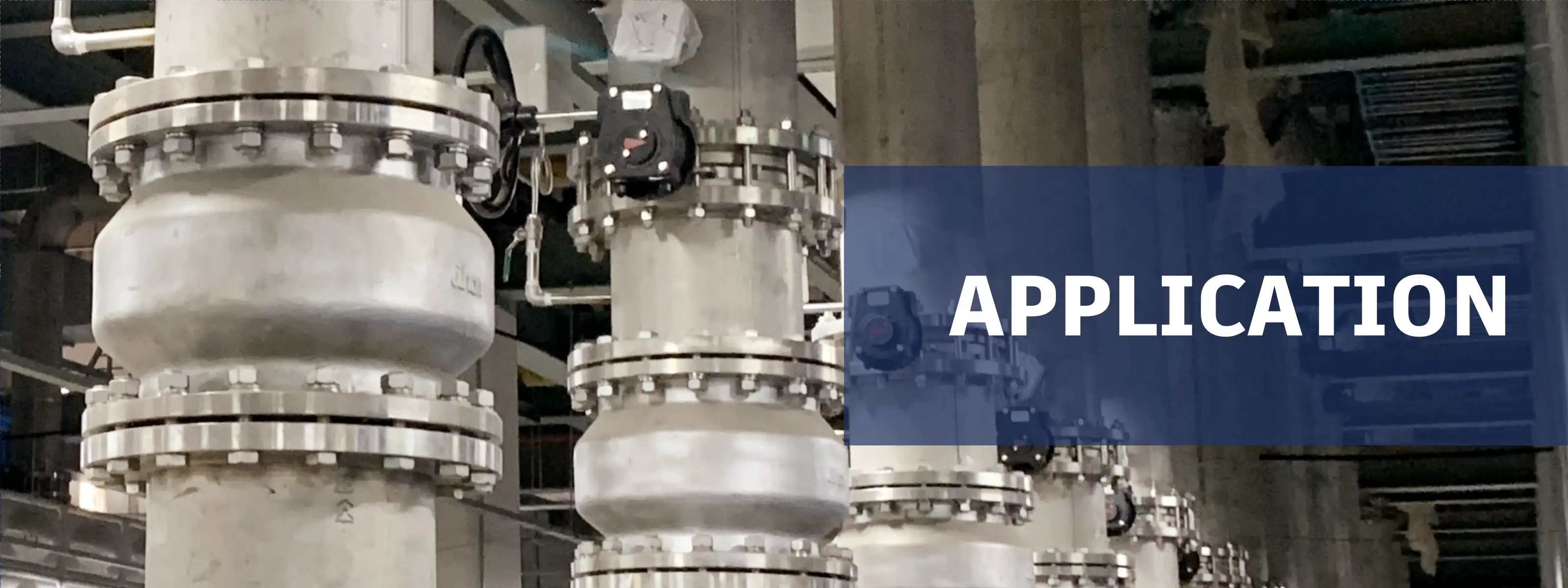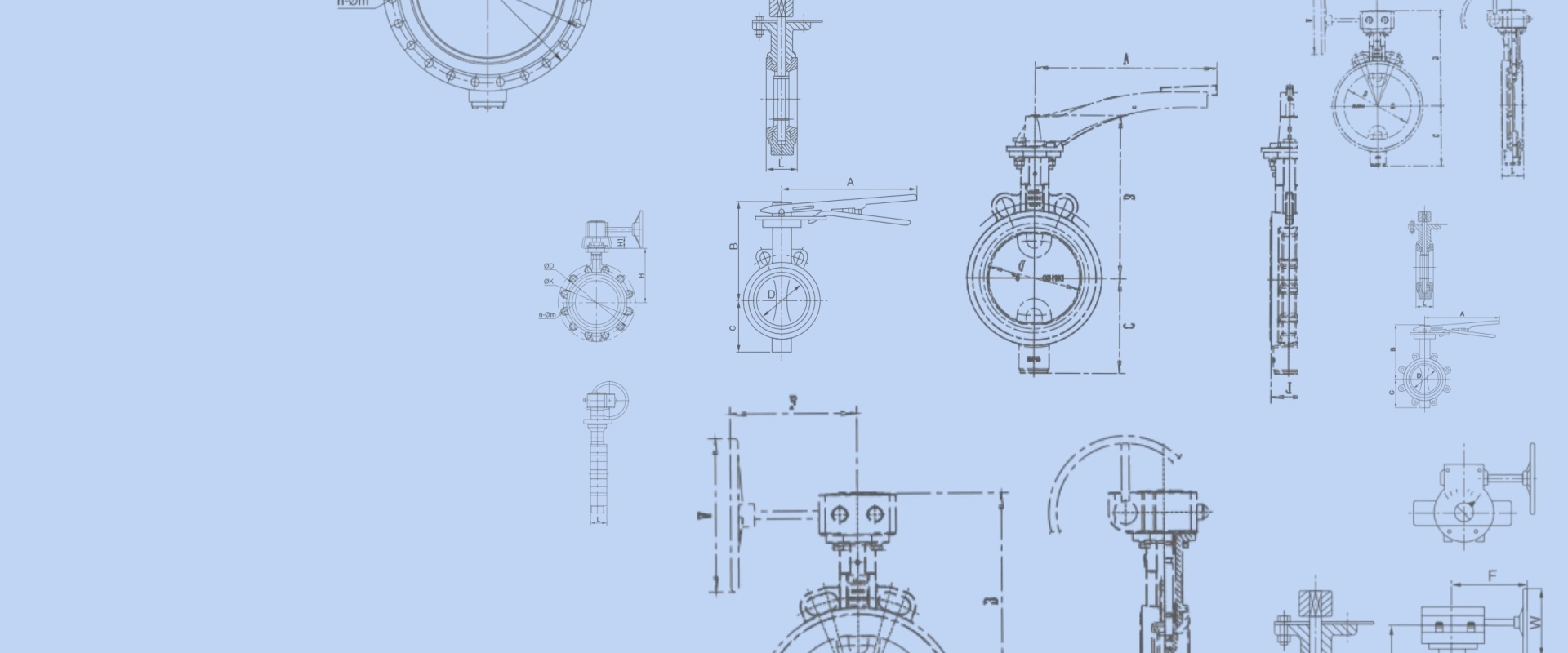Valve Material Selection Guide for Different Working Conditions
Release time:2025.05.15
Valve Material Selection Guide – for Different Working Conditions
Valves are essential control points in industrial systems—but did you know that a valve's performance and lifespan largely depend on its material? From high temperatures to corrosive environments and sanitary conditions, choosing the right material can reduce maintenance costs and safety risks while improving reliability.
This article introduces the most commonly used valve materials in industry, their characteristics, typical applications, and standards—making your material selection easier than ever.
1. Carbon Steel – The "Workhorse" of Industrial Materials
Common Grades: WCB, ASTM A105
Applications: Water, oil, steam in standard environments
Carbon steel is widely used for its affordability and mechanical strength. It suits non-corrosive environments in most general industrial settings.
✔ Pros: Cost-effective, high pressure resistance
✖ Cons: Poor corrosion resistance; not suitable for acidic or alkaline media

2. Stainless Steel – The Versatile Choice for Corrosive Media
Common Grades: 304 (CF8), 316 (CF8M), 304L, 316L
Applications: Chemical plants, food processing, seawater systems, pharmaceuticals
Stainless steel provides excellent corrosion resistance, making it ideal for industries requiring hygiene and durability.
✔ Pros: Corrosion-resistant, high temperature resistance, sleek appearance
✖ Cons: Higher cost, heavier weight

3. Ductile Iron – A Reliable Choice for Low to Medium Pressure
Common Grades: QT450, GGG40
Applications: Municipal pipelines, agricultural irrigation, HVAC systems
Ductile iron combines good strength with the economy of cast iron, offering a great balance of performance and cost.
✔ Pros: Cost-effective, excellent casting properties
✖ Cons: Not suitable for high-pressure or corrosive environments

4. Copper Alloy – The Compact and Corrosion-Resistant Option
Common Grades: Brass, bronze, tin bronze
Applications: Household systems, shipbuilding, low-pressure seawater environments
Copper alloy valves are commonly used in compact plumbing and marine systems for their ease of installation and excellent sealing.
✔ Pros: Corrosion-resistant, easy to machine, excellent sealing
✖ Cons: Lower pressure resistance, relatively high cost

Valve Material Comparison Table
| Material | Typical Applications | Pros | Cons | Common Grades |
|---|---|---|---|---|
| Carbon Steel | Water, Oil, Steam | Affordable, High Strength | Not corrosion-resistant | WCB, ASTM A105 |
| Stainless Steel | Chemical, Marine, Food | Corrosion & heat resistant | Expensive, Heavy | 304, 316, 304L, 316L |
| Ductile Iron | Municipal, HVAC, Irrigation | Economical, Good strength | Limited pressure & corrosion resistance | QT450, GGG40 |
| Copper Alloy | Household, Marine | Compact, Good sealing, Corrosion-resistant | Lower pressure resistance | Brass, Bronze, Tin Bronze |
Need Help Choosing the Right Valve Material?
Our experts are ready to help you select the most suitable valve material for your application.
Contact Us Now
